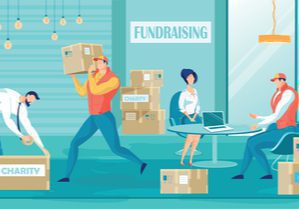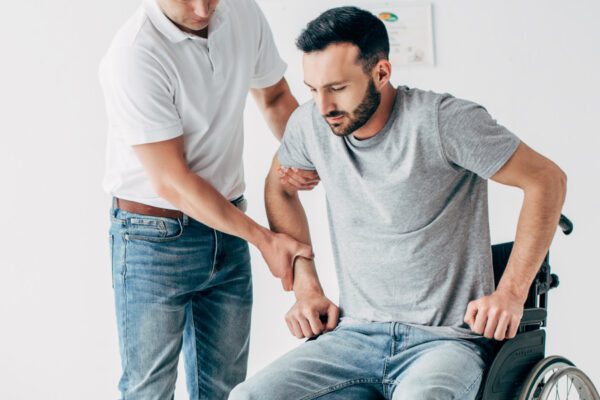Nonprofit organizations provide essential social services that benefit the community and their members. However, even if your organization doesn’t sell a product or generate profit, there are still several potential risks that can affect your employees, assets, volunteers, directors, officers and (most importantly) your mission.
Countless claims can be brought against your nonprofit. For example, a volunteer could sue your directors and officers for discrimination or harassment, leading to costly litigation. Additionally, should an individual injure themselves at one of your events or on your property, they could bring a claim against you. Below is a list of risks for nonprofits to consider when evaluating coverage options – this will help identify potential blind spots in risk management and insurance programs.
Directors & Officers (D&O)
With each decision they make on behalf of your organization, directors and officers assume a level of risk for nonprofits. In the event of a claim, nonprofit leaders can suffer damage to their reputation and personal finances. What’s more, D&O claims can come from a variety of sources, including employees, clients, volunteers, regulators and donors. A D&O policy can provide critical defense dollars to a Board and the organization in the event of a frivolous claim or an allegation with merit. Evaluate your annual revenue to determine the cost of this specific coverage.
Volunteers
Nonprofits depend heavily on the kindness of volunteersto successfully carry out their mission. However, should one of these individuals injure themselves while serving your organization, you could be held liable for any damages. What’s more, insurance coverage for volunteers isn’t always available under general liability policies. Accordingly, many nonprofits choose to insure their volunteers under a stand-alone insurance policy.
Sexual Assault
Nonprofits are at risk for allegations of sexual assault due to the unique characteristics of these organizations (e.g., frequent, unsupervised interactions between children and trusted adults). Whether legitimate or not, sexual abuse allegations involving employees, volunteers, or directors and officers can have catastrophic consequences for your group or organization.
Property
Property Insurance – including your building, fixtures, office equipment, data, signage and similar items – plays a key role for your organization. And, in the event of a loss caused by fires, theft, vehicles or vandalism, your nonprofit can suffer major financial damages. What’s more, a single incident can affect multiple aspects of your property, compounding costs and downtime for your organization. Evaluate your property coverage and determine if any other areas need to be protected.
If your nonprofit provides counseling, training, or other kinds of instruction or services, professional liability exposures can be substantial. When providing these services, any errors and omissions—whether intentional or not—can create serious legal concerns. Specifically, should your organization, board of directors, employees or volunteers provide advice or make decisions that harm a third party, your nonprofit could face legal action.
As more and more nonprofits use databases to keep records of members, clients, volunteers and donations, cyber exposures will continue to increase. In fact, nonprofits are a common target for cybercriminals, as these organizations often process high-volume checks and credit/debit card information when taking donations. In addition, volunteers and employees who are improperly trained on computer and data safety could leave your organization exposed to ransomware, viruses, phishing scams and malware.
Depending on the services your nonprofit offers, employees and volunteers may be required to operate a vehicle on your behalf, creating automobile exposures in the process. While important for transporting volunteers, hosting successful events and carrying out other organizational tasks, the improper use of a vehicle can lead to potential accidents and major insurance claims. What’s more, if you allow employees and volunteers to use their own vehicles for work, standard auto policies are often not enough.
Workers’ Compensation Claims
Any time one of your employees or volunteers is injured on the job, your organization could be subjected to expensive workers’ compensation claims. Common sources of on-the-job accidents for nonprofits include slips, trips, falls and musculoskeletal injuries caused by repetitive tasks, sprains and strains. Normal, everyday tasks related to data entry or setting up an event can lead to accidents and, in turn, increased costs for your business. A thorough risk analysis can pinpoint your biggest risks so you can develop a plan to address them accordingly.
Take Action to Lower Risks for Nonprofits
Proper risk management practices can reduce certain exposures, but no system is 100% effective in ensuring an incident-free workplace. As a result, it’s even more crucial to work with a trusted insurance professional to assess your unique exposures. To learn more, schedule a consultation with a member of The Horton Group’s nonprofit team today.
Material posted on this website is for informational purposes only and does not constitute a legal opinion or medical advice. Contact your legal representative or medical professional for information specific to your legal or medical needs.



